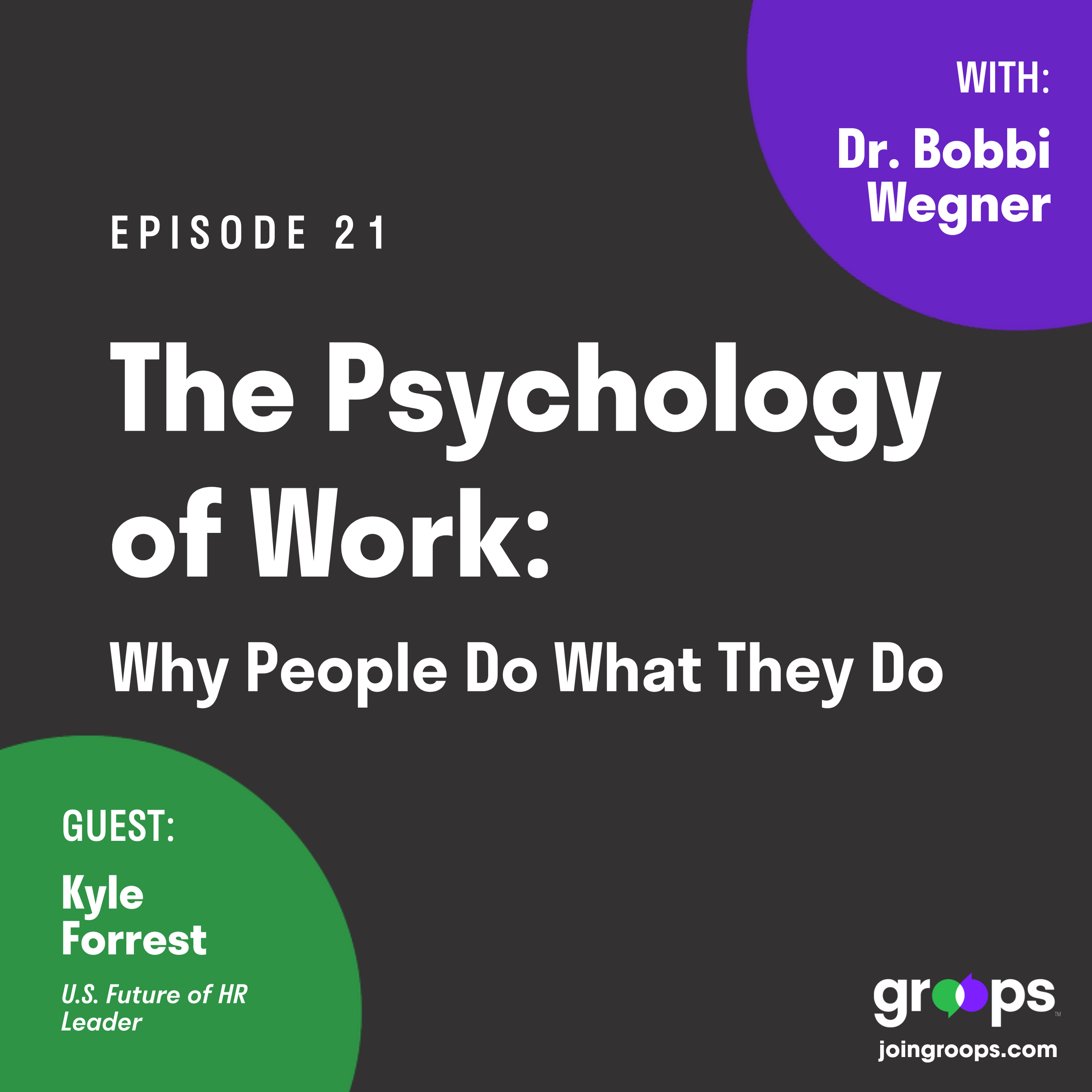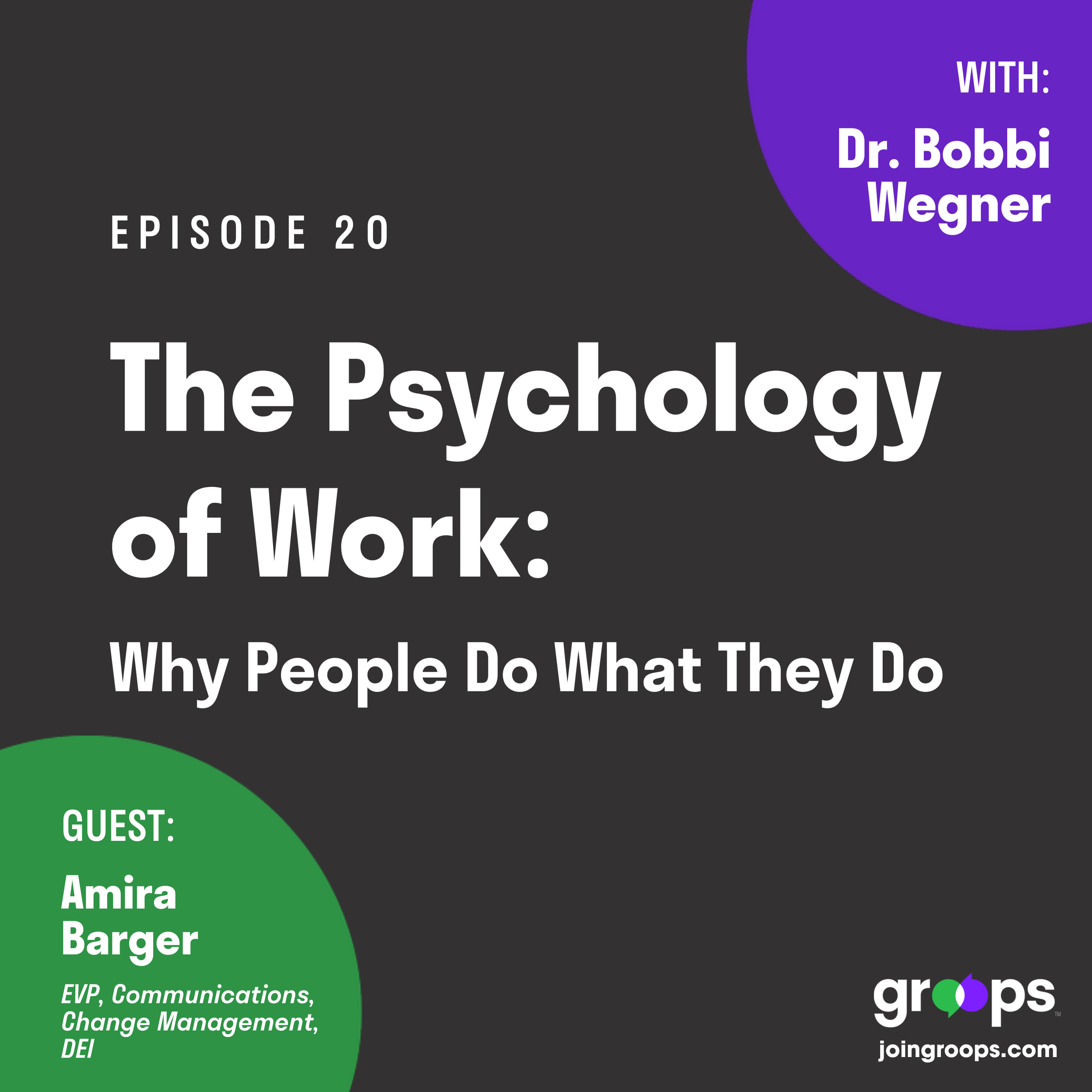The AI Revolution Is Here, but Where’s the Human in the Conversation?
May 8th, 2025
NOTICING AND WONDERING
I’ve noticed how high-profile companies are turning to AI to cut costs and boost efficiency. Suumit Shah at Dukaan replaced 90% of his customer support team with a chatbot. Klarna’s CEO shared that their AI assistant now handles two-thirds of all customer chats, saving the company $40 million. Duolingo recently laid off contract workers as it shifted to an “AI-first” model. Cisco has laid off thousands in a broader move toward automation.
These companies aren’t just making decisions for themselves, they’re modeling what other companies believe they should do. In moments of uncertainty and change, we often look to industry leaders - much like children look to adults - for cues on how to navigate new landscapes. So when these companies showcase how to drive efficiency, but say nothing about how to support the people who remain, they send a powerful, incomplete message.
It makes me wonder, if humans are wired for connection and social by nature, where is the conversation about how to care for those needs? I don’t just mean mental health. I mean the social fabric that holds teams together: trust, cohesion, belonging, shared rituals. These are the psychological needs that drive real outcomes - innovation, retention, performance - and they can’t be automated.
And I wonder what the broader impact on society will be if this isn’t part of the conversation. What happens when our models of leadership prioritize speed and output over humanity? And conversely, what might be possible if companies put connection at the center, not just to care for employees, but to shape a more connected, resilient culture at large?
A QUOTE TO THINK ABOUT
“Technology is best when it brings people together.”
DEEP-ish QUESTIONS
Are we designing our workplaces for human beings or for machines?
What happens to culture, collaboration, and creativity when social connection is deprioritized?
What could it look like to integrate AI and deepen team connection at the same time?
SOMETHING TO TRY
Assess the Role of AI and Recommit to Human Connection
Take 10 minutes this week (either individually or with your team) to reflect:
Where has AI been integrated into your workflow? What tasks or processes are now automated?
How has this changed the way your team communicates and connects?
Then, start a team conversation:
What makes sense to automate and where do we still need human touchpoints?
When do we need to intentionally come together to build trust, think creatively, or align?
What small rituals or rhythms could we implement to stay connected as work evolves?
This isn’t about resisting change (Groops is an AI-enabled platform, btw). And it’s not just about feelings - it’s about thinking strategically. If we don’t intentionally design for connection, we’ll feel it later in the form of retention challenges, disengagement, and rising culture costs. The future of work can be efficient and human - but only if we plan for both.
GROOPS TAKE
We believe technology will shape the future of work but it’s human connection that will determine whether that future thrives. AI can streamline tasks, but it will never replace the chemistry of trust, the nuance of collaboration, or the deep motivation that comes from belonging. The companies that win won’t be the ones who automate the fastest, they’ll be the ones who build cultures strong enough to carry change. Leaders who prioritize connection and innovation won’t just build better teams, they’ll build resilient, high-performing organizations that are ready for whatever comes next.
Thanks for reading and keep on connecting.
Best,
Bobbi
Bobbi Wegner, Psy.D.
Founder and CEO of Groops: helping teams feel and function their best
Lecturer at Harvard University in Industrial-Organizational Psychology
If you are curious about a workplace dynamic or issue, send me an email at drbobbiwegner@joingroops.com and I will anonymously post it and respond. If you are thinking it, others are too. We can learn from each other. Also, if you are curious about the cohesion and health of your team, book a complimentary 30-minute consultation HERE with one of our Groop Guides.






